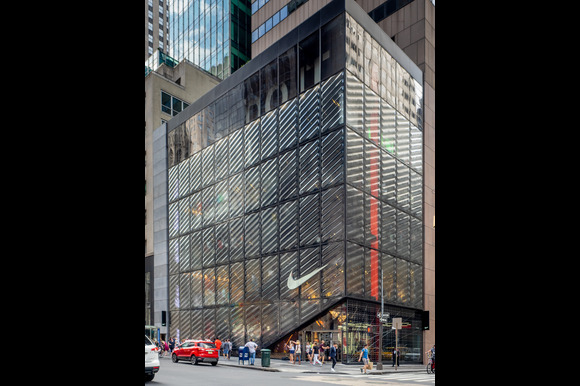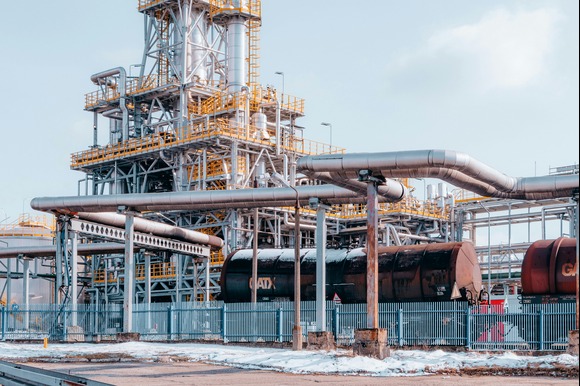
By Ajay Suresh from New York-Wikipedia
Nike has warned that tariffs introduced by US President Donald Trump on major trading partners could inflate its costs by around $1 billion (£730 million) this year. The sportswear giant is now taking steps to reduce its reliance on Chinese manufacturing as a way to buffer the impact of changing US trade policy.
Company executives said Nike is actively moving production out of China, which has been the target of some of the steepest tariff increases. The aim is to diversify its supply chain to other countries less affected by the trade restrictions. Currently, 16% of Nike footwear sold in the US is made in China, but the firm plans to reduce that figure to the “high single-digit percentage range” by the end of May 2026, according to Chief Financial Officer Matthew Friend.
The company’s strategy shift follows Nike’s recent announcement that it would raise prices on selected shoes and apparel in the US beginning in early June. This move came shortly after rival brand Adidas also warned of price hikes linked to the tariffs.
Despite these challenges, Nike’s shares jumped more than 10% in after-hours trading, buoyed by a first-quarter revenue forecast that was more optimistic than most analysts had anticipated. Nike’s earnings for the latest three-month period exceeded expectations, even though the figures marked its weakest quarterly performance in over three years. The company reported fourth-quarter revenue of $11.1 billion — its lowest since the third quarter of 2022.
The rising costs come in the wake of Trump’s sweeping tariff announcement on 2 April, dubbed “Liberation Day,” which targeted a wide range of imports from countries around the globe. However, in a surprise move later that month, the administration suspended most of those tariffs, citing ongoing negotiations with affected nations. A top Trump adviser claimed the White House was aiming for “90 deals in 90 days,” temporarily lowering tariffs to 10%—down from the much higher rates initially imposed.
The tariff reprieve is set to expire on 9 July, and uncertainty looms as to whether the White House will extend the pause or reinstate higher tariffs. Speaking at the White House on Thursday, Trump insisted that negotiations were progressing well, citing a new agreement with China and hinting at a possible deal with India. “We’re not going to make deals with everybody,” he cautioned. “Some we’re just going to send them a letter, say thank you very much. You’re going to pay 25, 35, 45%. That’s the easy way to do it.”
He added, “My people don’t want to do it that way. They want to do some of it, but they want to make more deals than I would do.”
Commerce Secretary Howard Lutnick later told Bloomberg that the China deal formalised earlier trade discussions, including a pledge from Beijing to supply the US with rare earth minerals — crucial components for technologies ranging from wind turbines to aircraft. Treasury Secretary Scott Bessent has said the tariff deadline could be extended, depending on the progress of talks.
White House spokesperson Karoline Leavitt echoed that sentiment on Thursday, describing the deadline as “not critical,” while also confirming that Trump would soon present a new slate of trade deals with revised tariff rates.
Tensions between the US and China had escalated sharply after both sides implemented retaliatory tariffs in April, nearly halting bilateral trade. However, the two countries later reached a partial compromise, agreeing to scale back—though not entirely eliminate—the duties.
Earlier this month, the US and China unveiled a separate agreement intended to secure American access to rare earth elements and critical magnets, which had become a flashpoint in the broader trade standoff. At Thursday’s White House event, Trump said he had “signed” the deal with China, although he offered no further details. A White House official later clarified that both sides had committed to an “additional understanding for a framework to implement the Geneva agreement.”
As uncertainty continues to cloud US trade relations, companies like Nike are being forced to adapt rapidly to evolving tariffs and supply chain disruptions — with major implications for consumers and the global retail landscape.




